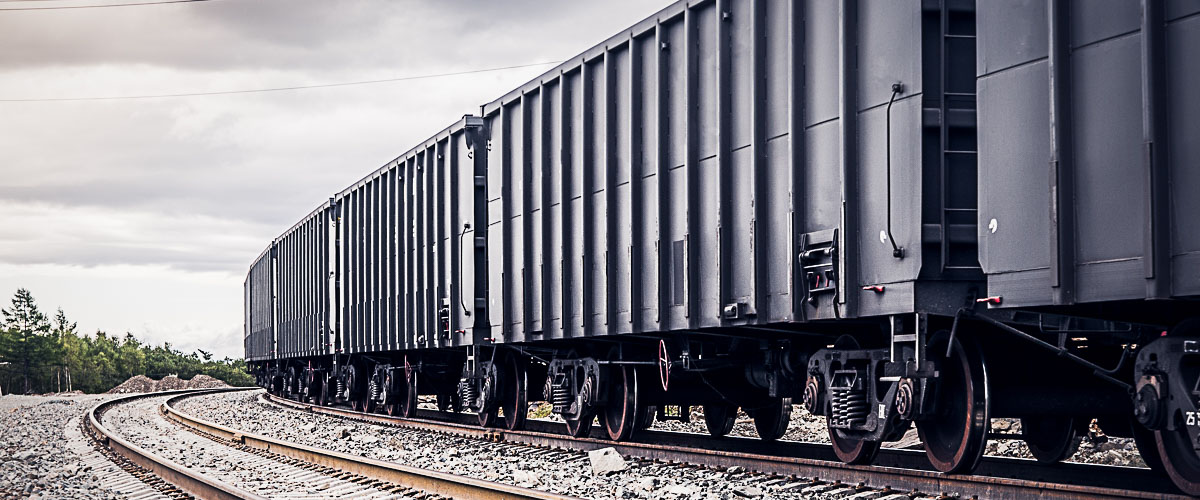Wheel Damage Prediction

Railway operators, wagon holders, and workshops around the world are now using a combination of data from wayside detectors, workshop measurement, and onboard systems to implement vehicle maintenance strategies and in turn increase safety, reliability, and availability of railway assets by detecting and mitigating the effect of damages or worn assets.
Rail contact fatigue (RCF) damages are usually detected using wheel impact load detectors but can also be detected by advanced wheel profile scanners that cover the complete surface of a wheel. Since RCF damages may progress fast and become critical for both infrastructure and wagon/train safety the individual assessment of way side detector may not be sufficient to track the damage progression and predict the remaining useful life of a wheel with sufficient accuracy.
It is therefore advised to combine the information from multiple detector stations distributed along the infrastructure and associate with a specific wheel and its condition. The E365 Analytics engine provides an analytics scheme fusing measurements from wheel impact load detectors from multiple way-side detector stations. The algorithms are implemented as digital twins which replicate each individual wheel’s health status alongside with a SaaS implementation model. Beside the detection of emerging damages, a prediction is performed by the digital twin to quantify the remaining time or distance that still can be covered before a damage become critical.
Critical damages along a route might render a stopping alarm by the authorities and incur disruption of operation. Real life validation of the analytics scheme using ground truth information from maintenance workshops shows that the performance of the predictive analytics yields approximately 90% correct warnings with for predefined prediction horizons.
The prescriptions on the basis of the predictive analytics are then combined with operational principles of the operator, yielding a hot list of wheels and wagons requiring timely action by the maintenance stakeholder or team. The prescriptions and up to date condition information of wheels, wagons, trains and fleet is provided using SaaS.
Sources
[1] Birk, W., Dittmann, T., Karim, R., Westerberg, J. (2019). Experiences from the detection and prediction of wheel damages on railway vehicles in operation. In International Heavy Haul Association: The 13th International Heavy Haul STS Conference, June 10-15, Narvik, Norway.